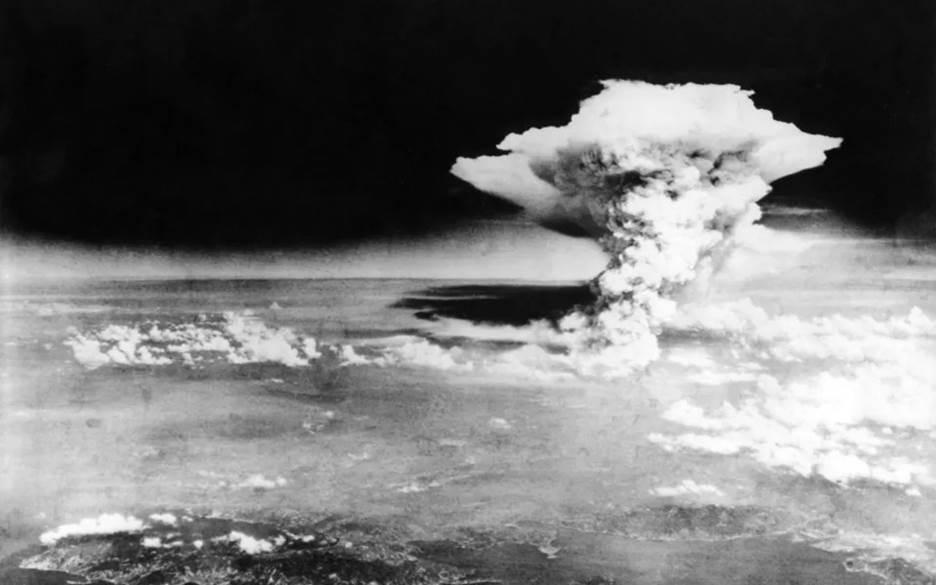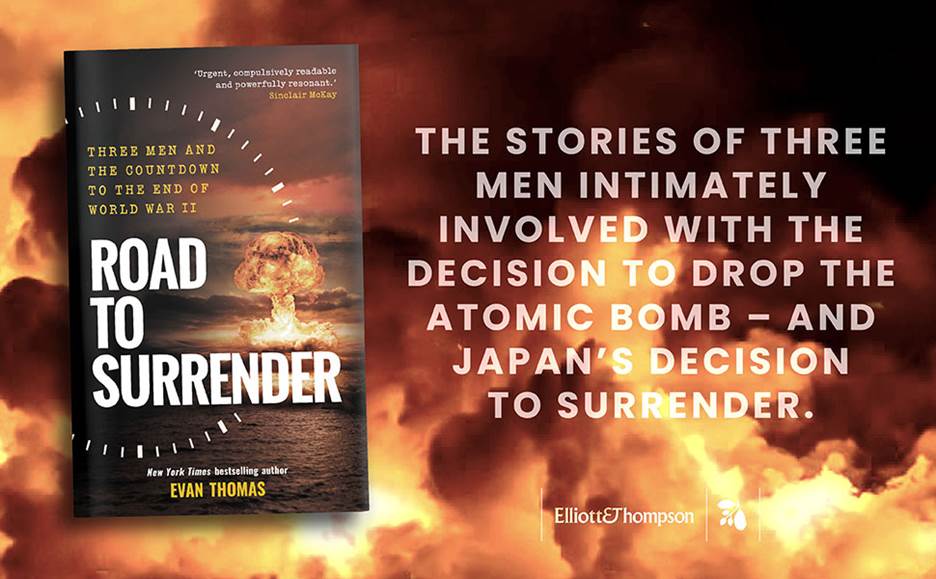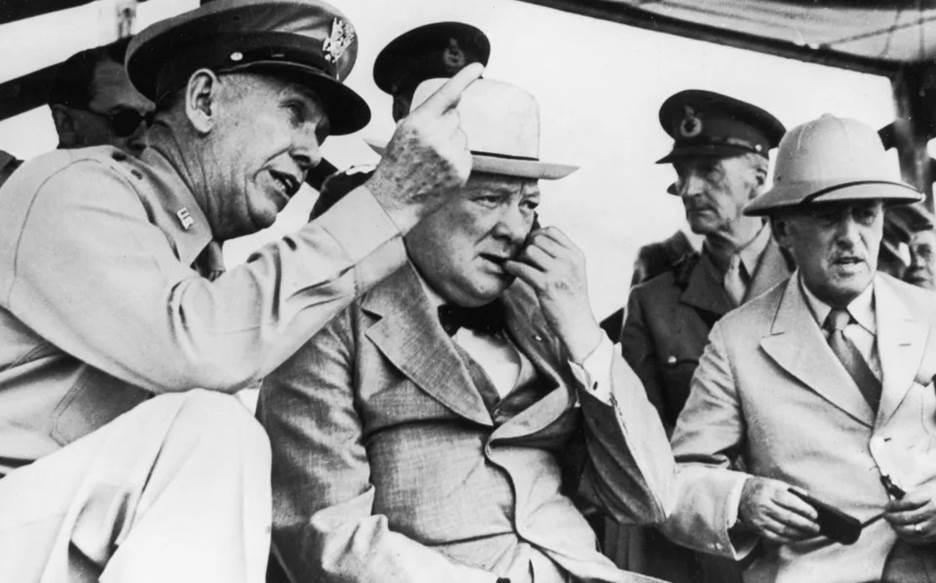
Inside the Fateful Moments before the Atomic Bombing of Japan
As late as July 1945, the list of targets for the atomic bombs was headed by neither Hiroshima nor Nagasaki, but Kyoto – not an industrial site, but the city of the Golden and Silver Pavilions, of the Nijo Castle of the Nightingale Floor, a city laid out in a geomantic grid (akin to geographic feng shui), and largely unaltered for 1,500 years.
Japan’s ancient capital was spared only because the American secretary of war, Henry L Stimson, and his wife had previously visited it.

Stimson had visited Kyoto with his wife, Mabel, in his capacity as governor general of the Philippines in the late 1920s. His protest was not based on naïve fondness, but on a statesman’s idealism, a conviction that Kyoto represented higher values, and he fought for the city many times against others from President Harry S Truman to the head of the atomic program, Gen Leslie Groves, with whom Stimson debated exactly whether it was right, or expedient, “to cut out the cultural heart of Japan”.
Road to Surrender , Evan Thomas’s new account of the final months of the Pacific Theatre, recounts many such debates. Often, in this account, there are no good choices; more often still, they cannot be grasped as simple “decisions”. Rather, they are head-spinning assemblages of factors, often banal. Thomas’s sure characterization and use of telling detail – Groves’s secretary, Mrs O’Leary, wins poker games against anxious adjutants while they wait for the news from Hiroshima – allows the historian to present the day-to-day minutiae.
Thomas puts the case for the Americans’ actions. He explains why “precision bombing” of military targets in Japan was not feasible, and why the second atomic bomb was persuasive to the Japanese high command when the first was not (they deluded themselves that no nation could possibly have manufactured more than one). Most persuasively, he opposes revisionist accounts of the bombing by unpeeling the context – the Dresden firebombing, the Battle of Okinawa, the Russian invasion of Manchuria – that was foremost in the thoughts of those who act.
These interpolations are well-supported by new access to the diaries of his protagonists: Stimson, Gen Carl “Tooey” Spaatz (the head of strategic bombing in the Pacific), and the Japanese foreign minister Togo Shigenori. Stimson is the leading figure in that cast, particularly in part one of the book (pre-Little Boy), and Thomas describes him with sympathetic insight: “His posture is always erect, as if he is standing at attention, on alert. He has been in a manner of speaking, on guard almost all his life… His mother died when Stimson was only eight years old.”

Henry Stimson (r) with Winston Churchill (c) and Gen George Marshall (l) review a US Army group in 1942 - Hulton Archive
The chapters in Japan, however, feel more constrained. Japanese terms multiply, not always illuminatingly. When Thomas relates the Tale of the 47 Ronin, a classic text on the extremity of duty, he introduces shogun, daimyo, bushido, seppuku, chu, giri
and gekokujo in a single page, mostly in parenthesis. He may be implying a criticism of a concept-burdened society, but it reads inelegantly, and few of the terms are used analytically again. You detect some gratitude from the historian that Togo, with the outsider status of a (centuries-naturalized) Korean family, was unusually plain-speaking in his lonely advocacy for surrender; conversely, there’s a touch of perplexity over the “stomach art” (double-speak) of Togo’s cabinet opponents, especially that of the highly ambivalent, not to say intransigent, war minister Anami. Thomas’s criticism falls on him, rather than the Emperor Hirohito, who’s portrayed as a puppet who broke his strings. Anami’s ritual suicide in 1945 dramatizes what was averted by surrender: the suicide of Japan.
The scenic method and urgent style of Thomas’s writing – the book is mostly in the present tense – embodies his thesis that the surrender “was a close-run thing” that hung on individual actions. Particularly alarming is an account of the flight of “Fat Man” toward Nagasaki. The pilot, devout Catholic Charles Sweeney, battled jammed fuel-tanks, lightning strikes and a switch error that meant the bomb was fully armed mid-flight. After the dropping of the bomb, Sweeney had no hope of returning to base. He made an emergency landing in Okinawa, his team firing “every damn flare in the airplane” to clear the runway.
Even at this point, the die is not cast. From a story of Washington and tropical Tinian, where the Enola Gay and Bockscar launched, the tale of surrender moves down into the bunkers below Tokyo’s Imperial Palace, where Togo succeeds at length in persuading the Emperor to brave out his murderous army officers and offer Japan’s surrender. Thomas closes with some reflection on the subsequent histories, and historiographical afterlives, of his heroes, and there’s much to consider, in particular, in Stimson’s legacy of principled action. Overall, though, Road to Surrender works best as a persuasive study of a tragic moment: a collision of men and necessities. – The Telegraph
Road to Surrender: Three Men and the Countdown to the End of World War II is published by Elliott & Thompson. To order your copy for £20, call 0844 871 1514 or visit Telegraph Books

